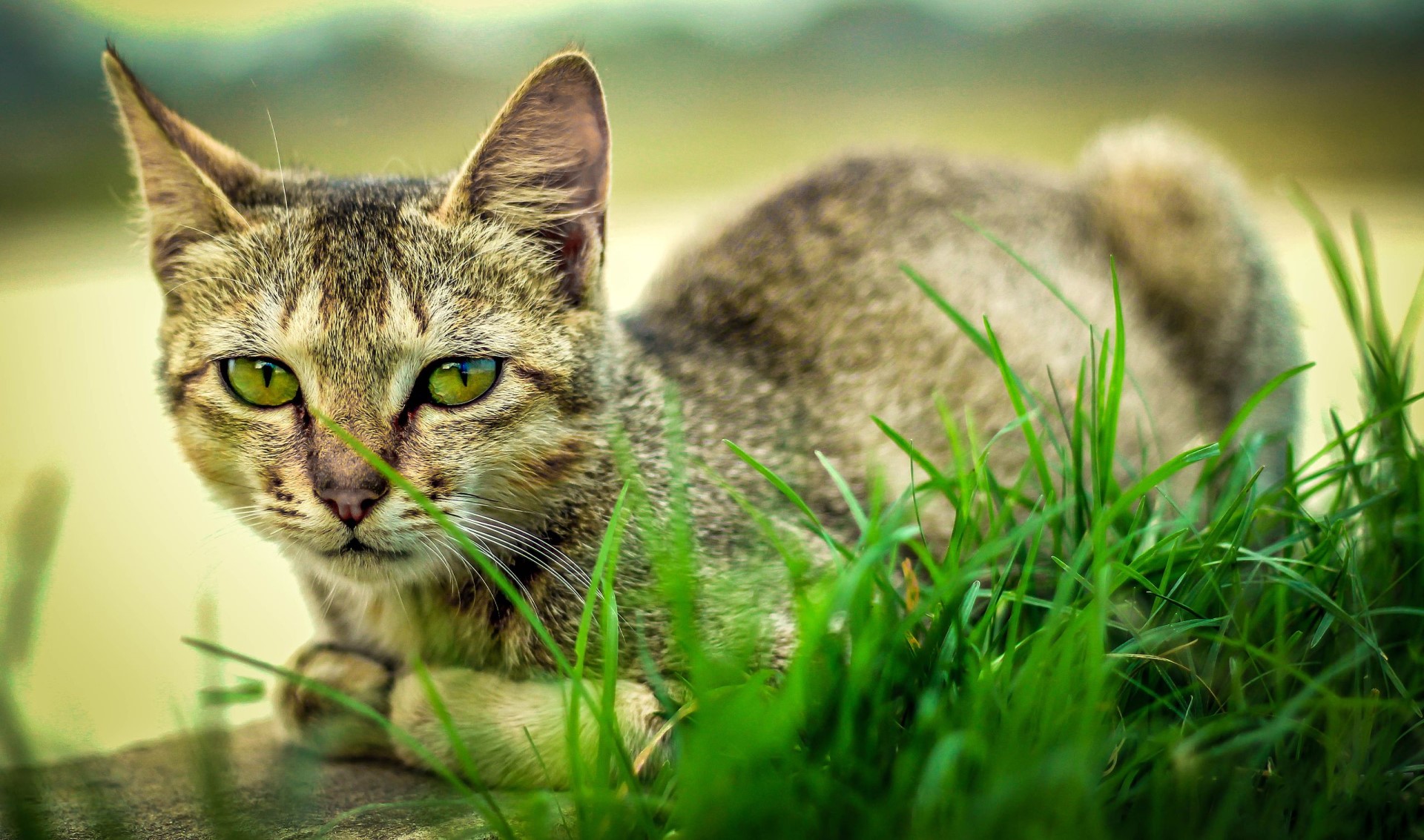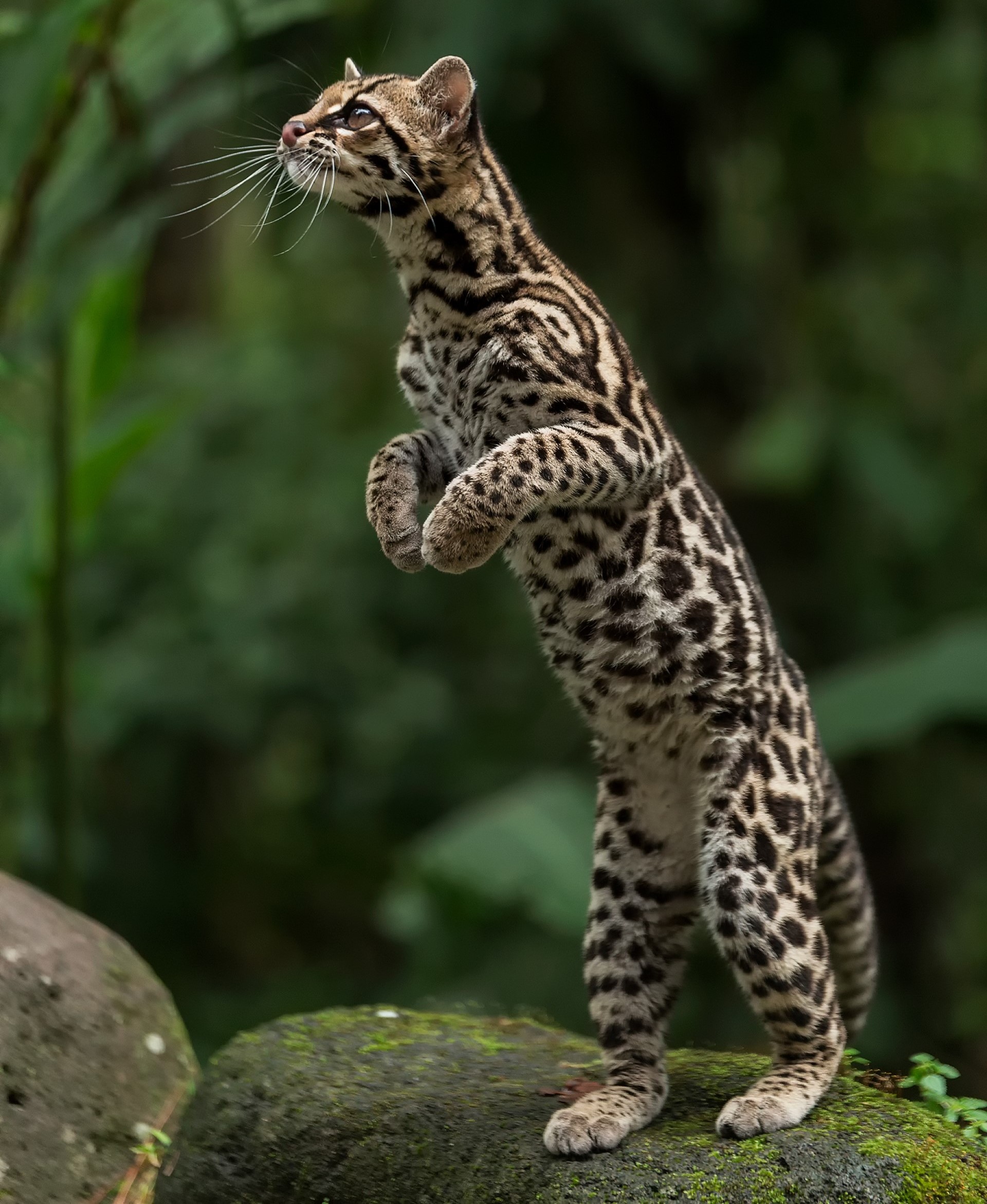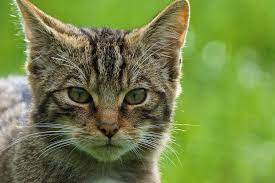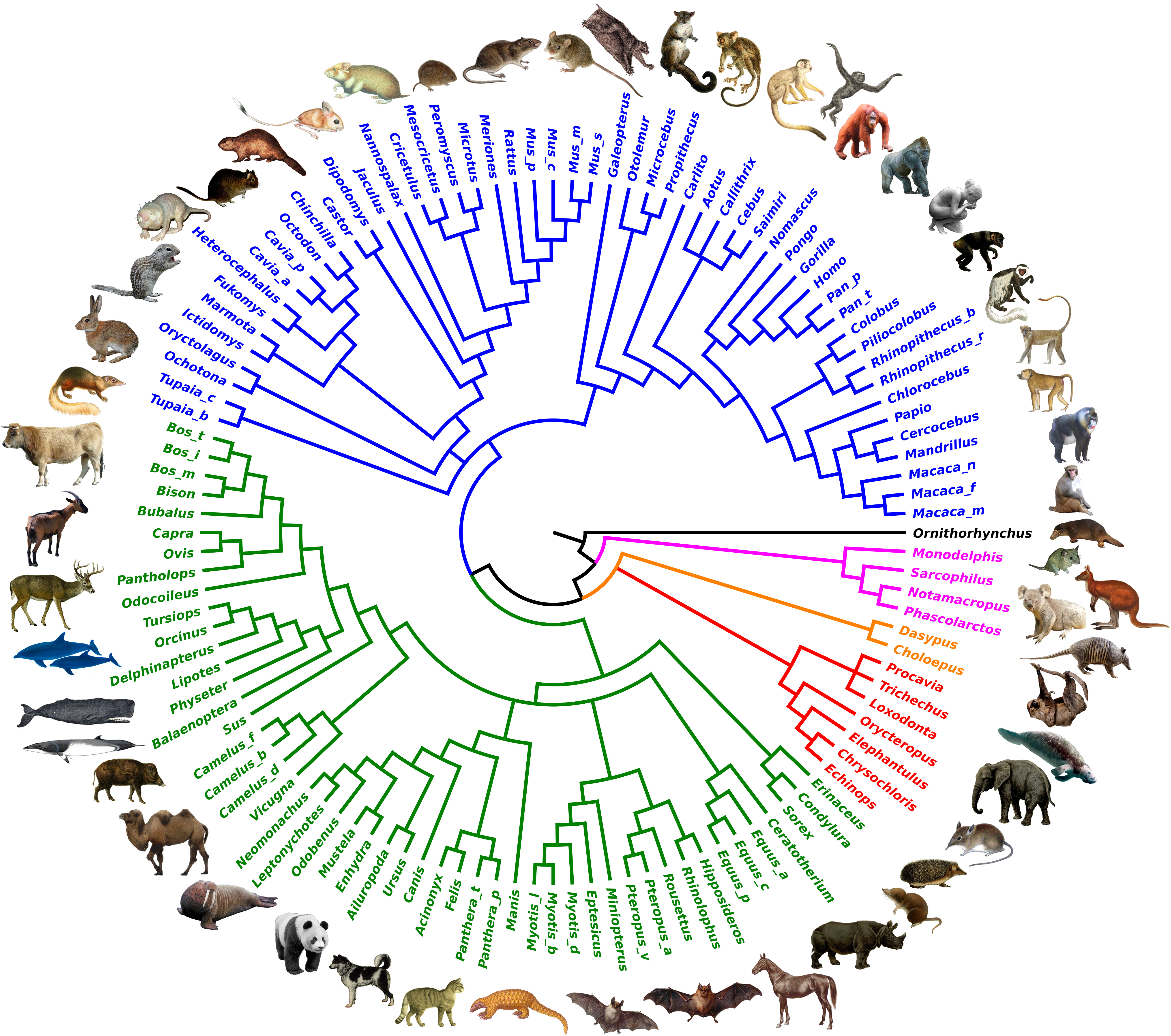
Domestic cat
Domestic cats are thought to have been first tamed back around 10,000 somwhere in the middle east. Unfortunately, as this is the cat that makes up the worldwide domestic cat population (almost exclusively) in many regions like Scotland, while reduction in numbers made specific subspecies of wildcat endangered, it has often been hybridisation that has pushed them over the edge.
There is little point in showing a map of the world, as they are found in almost every human population. It is thought that there are at least 200 million across the globe
Domestic cats are thought to have been tamed in Israel, which has unfortunately meant that this species of wild cat is now spread across the globe – many local species of wildcat have become extinct through hybridisation, the British wildcat is just one such example. There are now only pure British wildcats in captivity, and while there are still quite a few living wild in Scotland they have Asiatic wildcat features. This has happened in many places and solutions are not yet forthcoming.
While unfortunate, there is still work being done. In the UK there are plans to clear a peninsular of domestic cats, and re-establish a wildcat population. Only in situations like Scotland is hybridization likely, the most common reaction to a wildcat meeting a domestic cat is for the wildcat to kill the domestic cat. I hope to live to see the wildcat roaming Scotland once more, but we will se what happens.
Wildcats have returned to the Netherlands on their own after centuries of absence
- Tim
- February 2, 2022
Wildcats set to return to southern England 150 years since their extinction in England and Wales
- Tim
- March 10, 2021
Big cats moving between reserves
- Tim
- December 16, 2020
Food for domestic livestock from fish a threat to African penguins?
- Tim
- December 21, 2019
Wild dogs impacted by domestic dog illness
- Tim
- April 7, 2018
Goulds mouse, thought extinct for 125 years, lives on
- Tim
- December 15, 2023
Did I miss the start of the end of the canned lion hunt?
- Tim
- September 14, 2021
More than 60 lions have been shot by British citizens in the last few years-since the death of Cecil
- Tim
- July 4, 2020
Should pest animals be put on the ‘pill’ rather than culling them?
- Tim
- April 11, 2024
Should wolf hunting return to Western Europe?
- Tim
- March 28, 2024
Environmental and political stories from the UK in recent times
- Tim
- February 27, 2024
Panda bear behaving like a meat eater/scavenger?
- Tim
- December 7, 2023
UK government backsliding on environment? two clues and an how is Australia doing
- Tim
- April 28, 2023
Resolution to ban the sale of electric cars in Wyoming from 2035 effectively dead
- Tim
- April 8, 2023
If you have been lucky enough to have an encounter with wild Boar, like me you will have recognized them as like pigs but different – but …
- Tim
- February 9, 2022
There are more than 10,000 tigers living in the USA, with under 4000 in the wild
- Tim
- February 4, 2022
On pure numbers of fatalities (not to mention cost, simplicity and and health of our ecosystems), wolf reintroduction is a no-brainer
- Tim
- March 7, 2021
They are not hard to see if you are in the right place. I have seen them in Africa, take a night drive in almost any nature reserve. Links will be added below.





